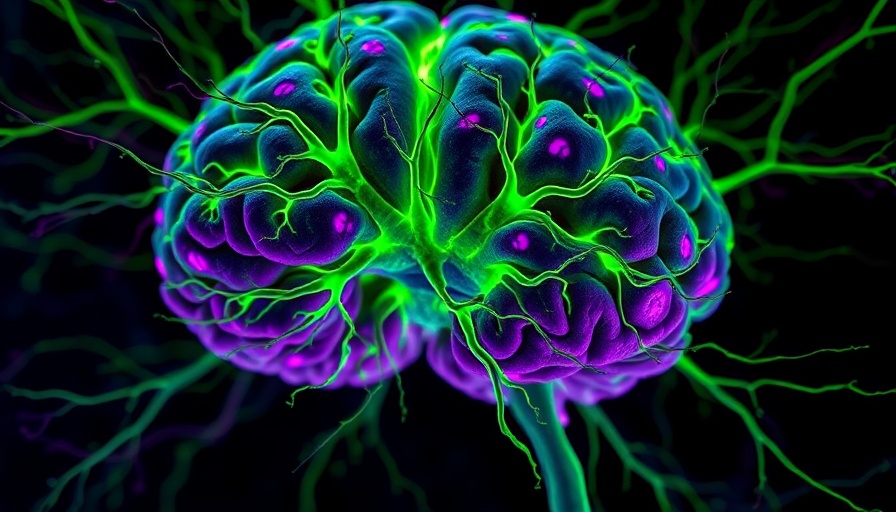
Unveiling the Role of Microglia in Brain Development
Recent advancements in neuroscience have shed light on the significant role of microglia, the brain's resident immune cells, particularly in the process of synaptic pruning. A groundbreaking study published recently captures live footage of these cells actively participating in this critical neural development phase. This visual proof offers compelling insights into how microglia may help shape synaptic connections during early brain development—a revelation that holds special relevance for parents of children with autism spectrum disorder (ASD).
What is Synaptic Pruning?
During crucial developmental stages, the brain undergoes the process known as synaptic pruning, where excess synapses (the connections between neurons) are systematically eliminated. This process is essential for brain maturation and is believed to be particularly influential in the context of neurodevelopmental disorders like autism. The recent video evidence shows microglia extending their tentacle-like processes to gently lift away budding presynapses from neurons, demonstrating their active role in this pruning process.
The Discovery Process: From Static Imagery to Live Imaging
The power of the new imaging techniques employed in this study cannot be overstated. Previous assumptions regarding microglial activity were primarily based on static images of synaptic debris, which left open the possibility that microglia were only cleaning up after neurons performed the pruning. This innovative live-cell imaging provides clarity, allowing researchers to observe real-time interactions between microglia and synapses.
Importance for Autism Research and Neurodevelopment
For parents of children with autism, understanding the intricacies of neural development remains vital. The link between microglia and synaptic pruning might pave the way for new intervention strategies. Researchers emphasize that variations in synaptic pruning can lead to atypical brain connectivity, a core characteristic often seen in ASD. New insights into how microglia engage during this process could inspire future therapies aimed at improving neurodevelopmental outcomes.
A Balanced Perspective: Emerging Debates in the Field
Despite the excitement surrounding this discovery, it's essential to recognize that the findings are not yet conclusive. The scientific community remains divided on whether the actions observed are indicative of true synaptic phagocytosis or a process known as trogocytosis, where microglia nibble at synapses. As researchers refine their techniques and gather more data, the dialogue surrounding microglial functions and their implications for autism research will undoubtedly evolve.
For those eager to further understand autism research and its impact on neurodevelopment, continue exploring the insights available at Learn More. Stay informed as we witness the ongoing journey of scientific discovery that might unlock new paths for supporting children on the autism spectrum.
 Add Row
Add Row  Add
Add 




Write A Comment